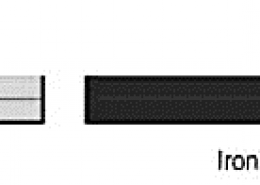Mary is the central character in the play. The story revolves around her interactions with the guests and how her unfiltered remarks cause humorous yet awkward situations, teaching an important lesson about speaking politely and thoughtfully. Class 7 English NCERT Poorvi ...
Home/tiwari academy ncert solutions
Discussion Forum Latest Questions
Mayur Arya
Asked: In: Class 10 Science
Asexual reproduction involves the creation of offspring without the fusion of gametes. It produces genetically identical or nearly identical copies of the parent organism, commonly observed in bacteria, plants, and some animals.
Rajshree Chatterjee
Asked: In: Class 10 Science
Genes follow inheritance patterns such as autosomal dominant, autosomal recessive, X-linked dominant, and X-linked recessive. These patterns dictate how traits are passed from one generation to the next.
cbsecbse 10th science sample question paper with answerscbse class 10 sample question paper with answerscbse class 10 science sample question paper 2023-2024cbse solutionscentral board of secondary educationncert solutionsphysics cbse sample paper 2023sample question paper for class 10 cbse pdf downloadtiwari academy ncert solutions
Rajshree Chatterjee
Asked: In: Class 10 Science
The upper layers of the Earth’s atmosphere, including the thermosphere and exosphere, extend beyond the mesosphere. They contain sparse air molecules and play a crucial role in phenomena like auroras.
